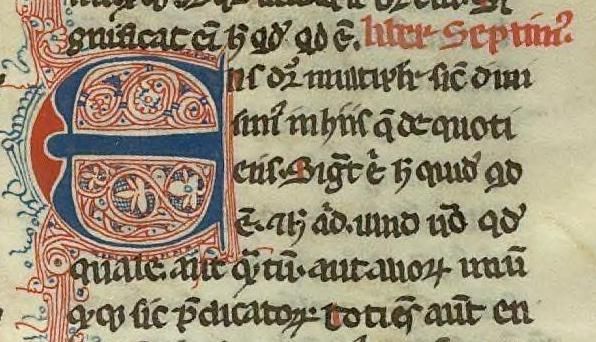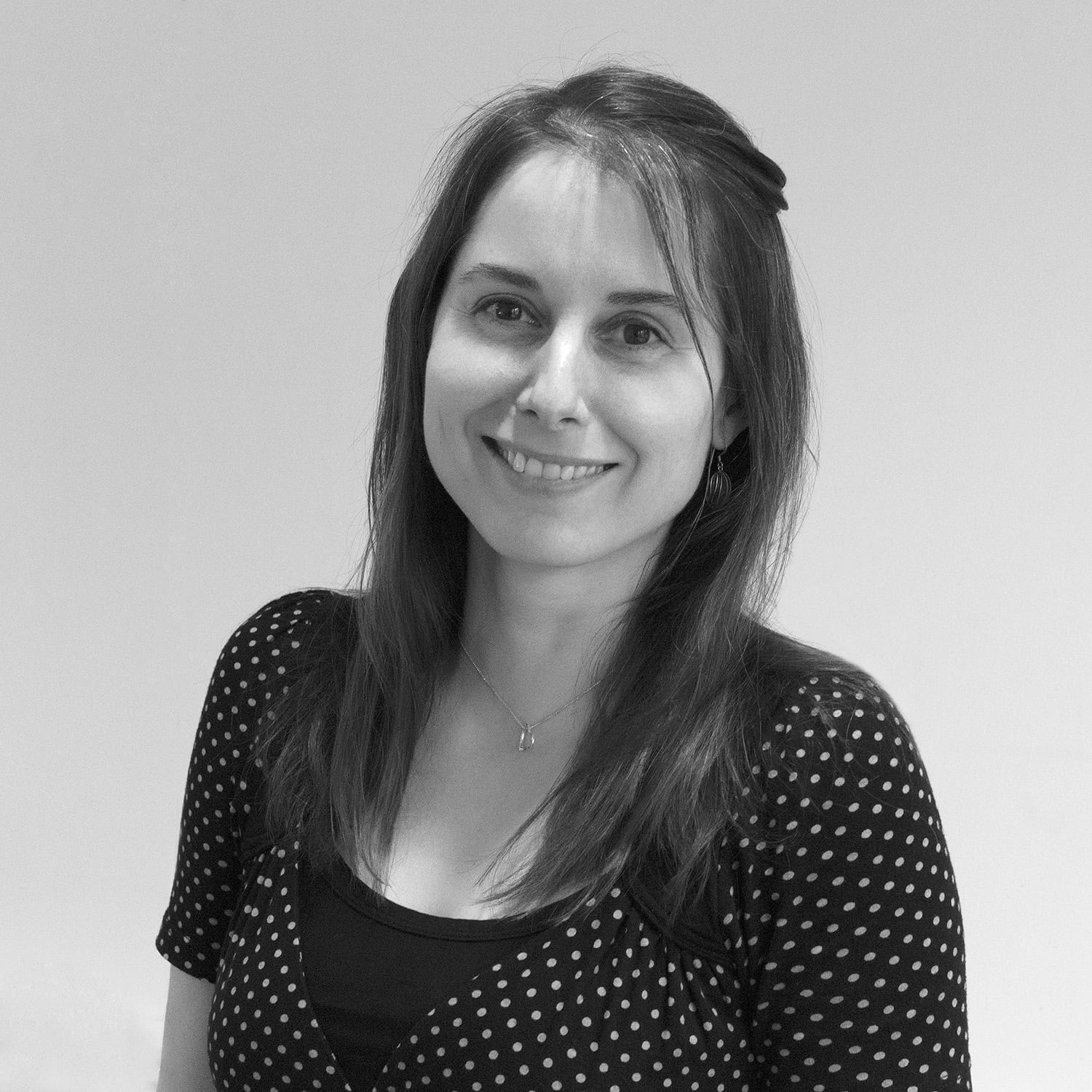
About ‘The self in Social Spaces’
This study of the self-awareness of the historical self in medieval Scandinavia will contribute fresh perspectives to discussions of the medieval and modern self, in Scandinavia and in Europe.
The self in Social Spaces. Main photo: By Peter Damian – Own work, CC BY-SA 3.0, https://commons.wikimedia.org/w/index.php?curid=4729659
A central concern of the humanities is to understand how the self relates to its world and to history, and consequently how this relationship is conceptualized and represented in textual and material culture.
This project contributes to the discussion by studying the representation of the self in various textual and material sources of medieval Scandinavia, including Old Norse literary texts, documents, runic and Latin inscriptions, archaeological remains, and art-historical sources.
The study of the self-awareness of the historical self in medieval Scandinavia will contribute fresh perspectives to discussions of the medieval and modern self, in Scandinavia and in Europe.
Contact: Stefka Eriksen

More about the project and participants:
The main questions to be discussed in the project are:
- How is the representation of the self conditioned by the language, genre, and materiality of medieval sources?
- How is the representation of the self conditioned by the socio-political context where the sources were produced?
On a theoretical level, the investigation foregrounds human agency and the cognitive processes that underlie the production of the textual and material culture of medieval Scandinavia.
The self is thus defined as the result of the cognitive process of self-awareness. In other words: the self is constantly created and re-created during an on-going process of inner dialogue and self-reflection.
This process is however inseparable from the self’s embodiment and surrounding culture, i.e. the way we think and reflect about ourselves is closely related to our physical and bodily existence, and social and physical environment.
The project is structured in three work-packages:
(1) ‘The Self in Old Norse Literature’, Dr. Stefka G. Eriksen (med lenke)
(2) ‘A Personality Set in Stone. Portrayals of the Literate Self in Medieval Epigraphic Texts’, PhD-candidate Karen Langsholt Holmqvist
(3) ‘Materializing the Self: Clothing and Appearance in Urban Spaces’, Professor Bjørn Bandlien: https://www.usn.no/om-hsn/kontakt-oss/ansatte/bjorn-bandlien-article28357-6688.html
In addition to the core team, the project has the following advisory board:
Texts and manuscripts:
Rita Copeland (University of Pennsylvania)
Kathryn A. Smith (New York University)
Svanhildur Óskarsdóttir (University of Iceland)
Torfi Tulinius (University of Iceland)
Ármann Jakobsson (University of Iceland)
Historical sources:
Ian P. Wei (University of Bristol)
David Gary Shaw (Wesleyan University)
John Arnold (Birkbeck).
William Ian Miller (University of Michigan Law School)
Sverrir Jakobsson (University of Iceland)
Activities
The project holds regular project meetings twice per semester. In addition, we the project has generated a monthly seminar at the Norwegian Institute for Cultural Heritage Research
August 2018
The International Saga Conference
University of Iceland
Paper by Stefka G. Eriksen
July 2018
International Medieval Congress at Leeds
Leeds University
Session based on the project, with papers given by the three core-members
June 2018
‘The Theory and Method of the Self’
NIKU/ University of Iceland
Project conference (core team and advisory board)
July 2017
Rewriting Romans. Medieval liturgies as tools for transformation
Norwegian Institute in Rome
Papers given by Stefka G. Eriksen and Karen Langsholt Holmqvist
For further information about publications and talks by the project-members, see individual sites.

